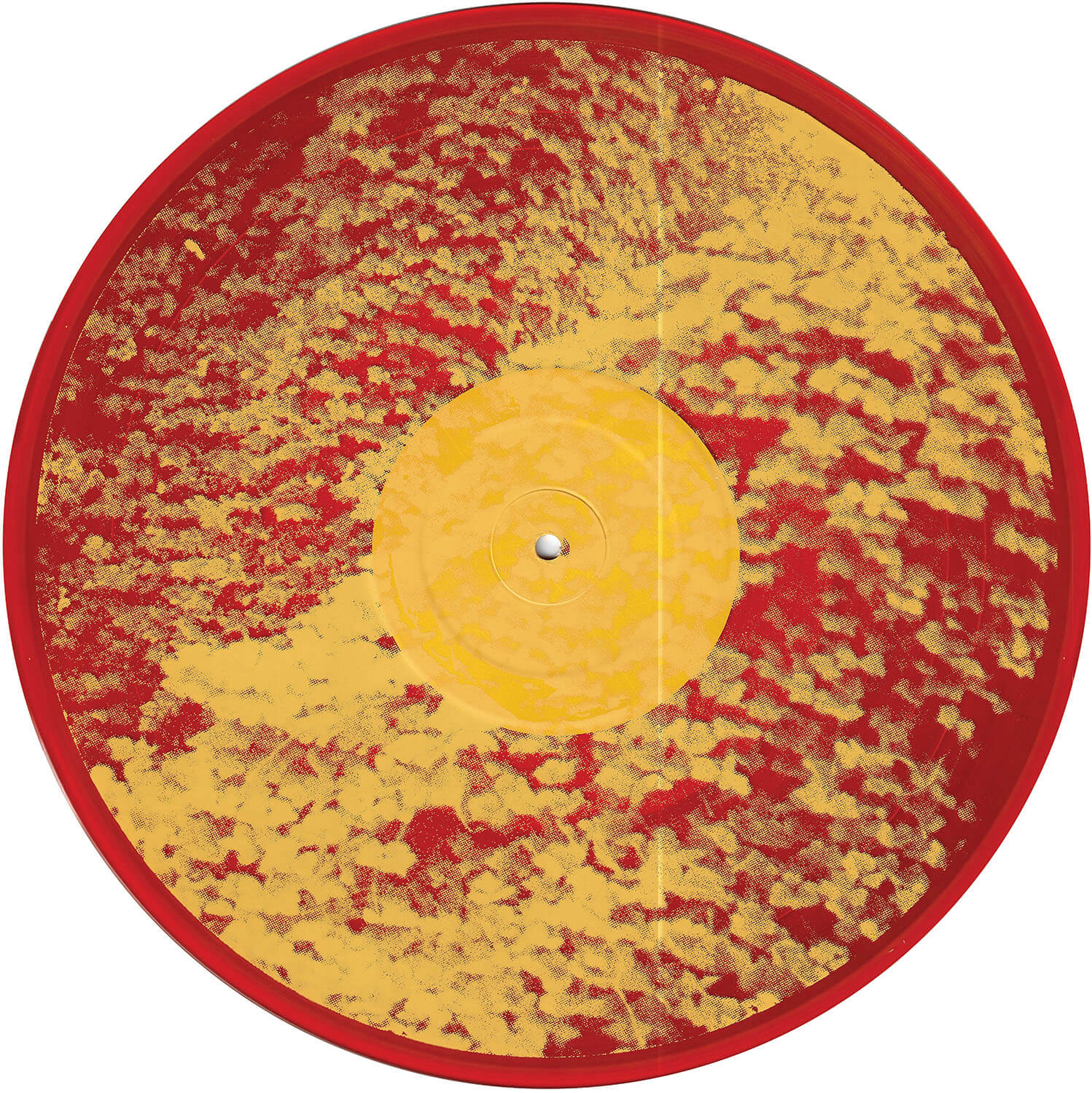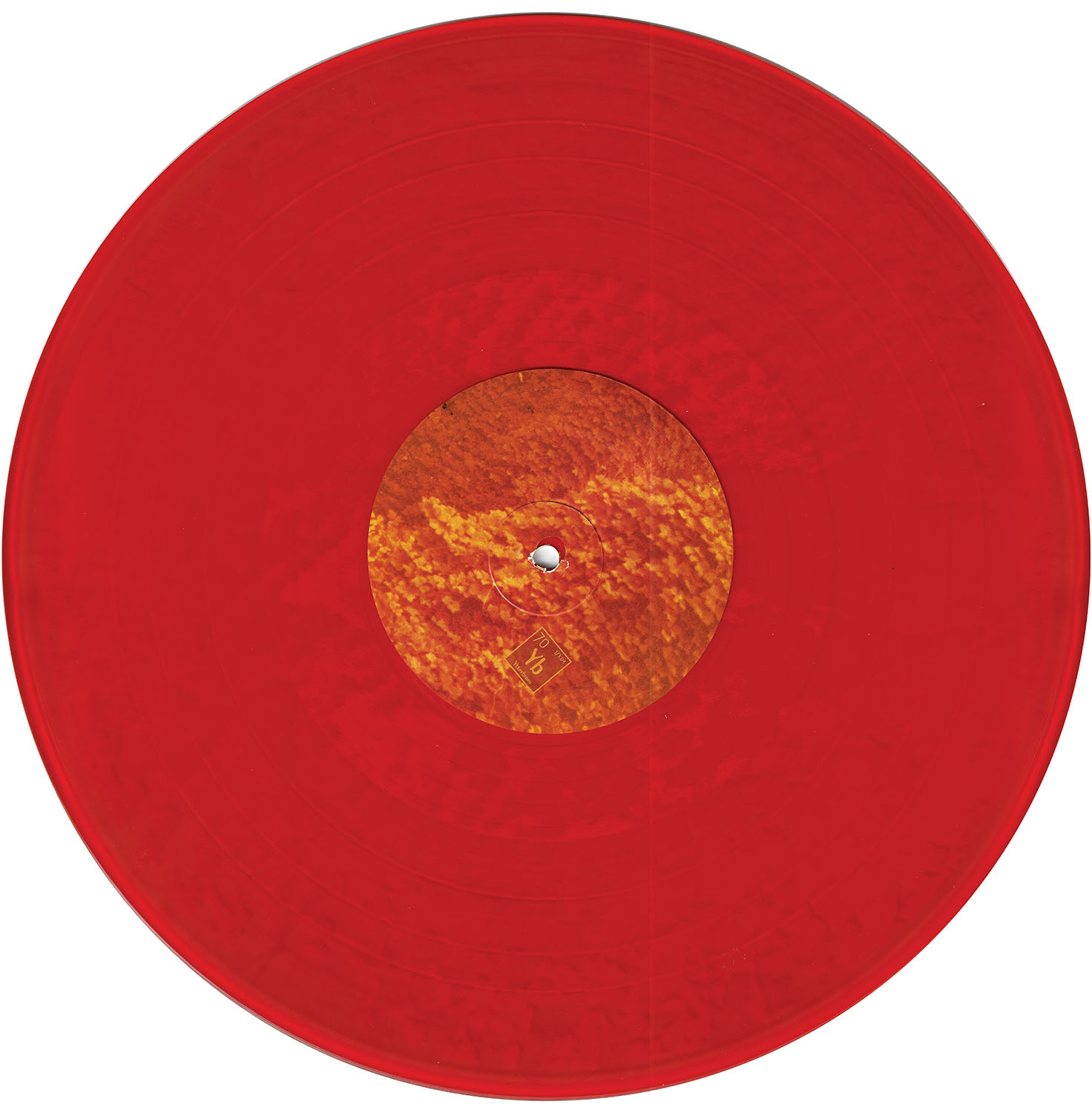Postage Paid Duets
David Sait, LaDonna Smith, Gino Robair, Glenn Hall
David Dacks, Exclaim Magazine (Destination Out) 2009
Sait has been an active member within Toronto, ON’s improvising community for a number of years. He specializes in the guzheng: a 21-string Chinese instrument with a sound somewhere between an acoustic guitar and a harp, with a touch of banjo, but with extremely versatile tuning when juxtaposed with duet partners. This instrument is capable of leaping around different scales and a wide range of notes in very unexpected ways. Sait uses a number of different techniques to pluck, strum and scrape the strings, which create endless constellations in his personal galaxy of non-idiomatic improvisation. Of the collaborators, Glen Hall’s halting soprano sax creates tension, while gently urging Sait to explore more outlandish statements. Ladonna Smith brings a more fluid approach to viola and Chinese erhu, which creates a tug of war by equals. Gino Robair’s clatter-y and reverberant metal percussion suggests Far Eastern, gong-like sounds, even though stylistically, he’s not deliberate about going to China for a summit meeting. Although this low budget recording is successful, be advised of a few moments of distortion in tracks featuring Mr. Hall. (Apprise)
Bruce Lee Gallanter, Downtown Music Gallery, 2009
Featuring David Sait on guzheng & dan tranh, Glen Hall on soprano sax & bass flute, LaDonna Smith on viola, violin & erhu and Gino Robair on drums & assorted percussive objects. A few months back I received a duo CD with Eugene Chadbourne and a Toronto-based musician named Davis Sait who plays the guzheng. I remember checking it out & digging it but then losing the copy into the half dozen boxes of promos that are on the shelves behind where I stand or sit at the counter. I just received another fine improv disc from David Sait, this time it is duos with three other strong improvisers: Glen Hall, LaDonna Smith and Gino Robair. You might recall Toronto saxist Glen Hall from a couple of discs he has on the Leo label as well as trio CD with Lee Ranaldo & William Hooker.
LaDonna Smith is an influential string player from Birmingham who has been organizing gigs, a magazine and was a part of the early downtown scene with her partner Davey Williams. Bay area-based percussion wiz Gino Robair has also been a longtime part of the west coast scene playing with the Splatter Trio and dozens of other great musicians as well as running the Rastascan label.
The guzheng is a traditional Chinese musical instrument, which belongs to the zither family of string instruments and is similar to the Japanese koto. I’ve heard/seen the great Xu Feng Xia play it at both the Vision & Victo Festivals. David Sait plays the guzheng as well as an adapted 18-string version and a dan tranh or a Vietnamese zither. Mr. Sait plays a series of duos with each of the other three musicians here and although the guzheng comes from a much different background it does work extremely well with each improviser.
On the first piece, both LaDonna (on viola) and David play acoustically and like to push their instruments past their familiar sounds. David sometimes plays with harp-like swirls and occasionally banging on the strings with some object(s). On “The History of Shape and Glue”, Gino Robair plays an e-bow snare, motors, bike horn & assorted odd percussion. This gives David a much different sound to work with, sometimes rhythmic sometimes stranger sonically, but all fascinating nonetheless. The duo with Glen Hall on soprano sax and David on adapted guzheng is also something else. While Mr. Hall plays tentatively and with restraint, David is tapping on or plucking the guzheng with some object.
LaDonna plays an erhu (Chinese 1-string violin) on “Bless Up” and this works with the guzheng which is also Chinese, yet both are not played in the traditional way. The erhu sounds as if it weeping at times while LaDonna often bends notes completely inside-out. On each piece approach to the guzheng or dan tranh is different, hence it always sounds a bit different. And since each of David’s partners switch off on a different instruments, each duo sounds quite unique. Each duo works extremely well in its own distinctive way.
Stef Gijssels, freejazz-stef.blogspot.com, 2009
Of all the traditional music genres that I’ve heard, only Andean and Chinese music I find difficult to relate to, often impossible to listen to, hard to swallow, even to the extent of getting almost physical allergic reactions. And I am referring to the original music, not even to the kitschy mutants (Zamfir, Vollenweider . . . ) that haunt some highly frequented public places, and that will make your humble servant jump through the nearest window when exposed to it.
But then, you get to hear this pretty unique album, beyond categorization, unlike anything you’ve heard before. The main instrument is the Chinese guzheng, a zither-like instrument, played by Canada-based David Sait. Because of the instrument’s nature, the music has this Chinese twang to it, to say it irreverently, but it is fully improvised avant-garde, played in several duets, with LaDonna Smith on viola, violin and ehru, Gino Robair on a variety of percussion, including motors and bike horn, and Glen Hall on soprano sax and bass flute. The result is pretty stunning. With the limited instrumentation of the duet, quite broad soundscapes are created, some of extreme beauty, some full of wonder and surprise, some of weird sonic intensity, vulnerable, open … The music is quiet, unobtrusive yet very captivating. The album is the second in a series of “Postage Paid Duets”, where the improvisors don’t actually meet physically, but improvise based on the other one’s taped music, or something to that extent. Despite the geographic and temporal distance, or maybe because of this, the coherence is very strong of all pieces, with the improvisors not wanting to stray too much from the core. I think I’ve listened to this album a lot in the past week, and I mean a lot, a few dozen times probably, and one time I think I prefer the duets with Robair, then the great interaction with LaDonna Smith, and then another time the sax and flute get the preference, just to demonstrate that the quality is high, and that there is variation, despite the music’s unique vision. It isn’t jazz, because it’s beyond any existing genre, but it will certainly please those interested in free improvisation. A musician with something to tell, and in his own authentic voice. Really great.

